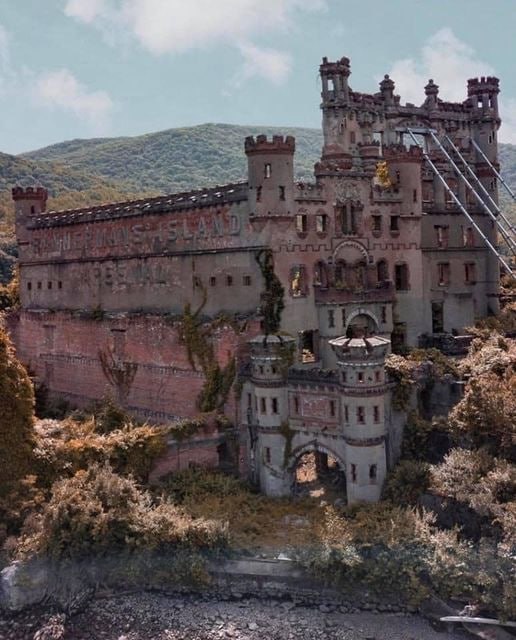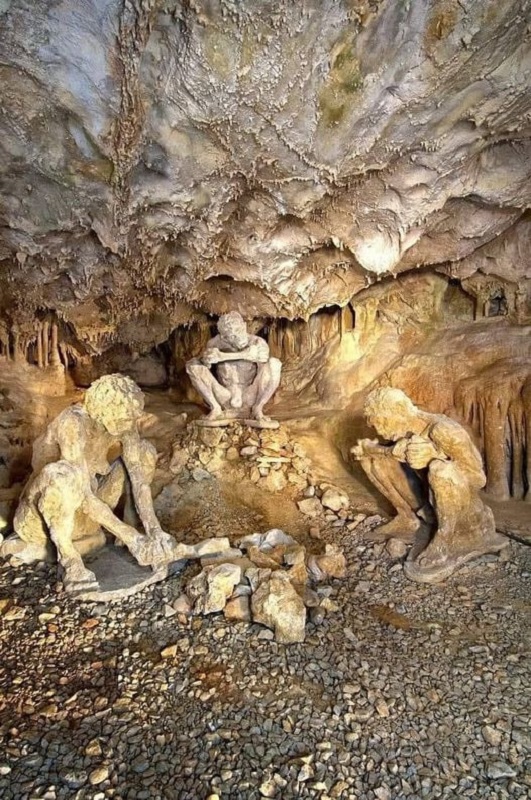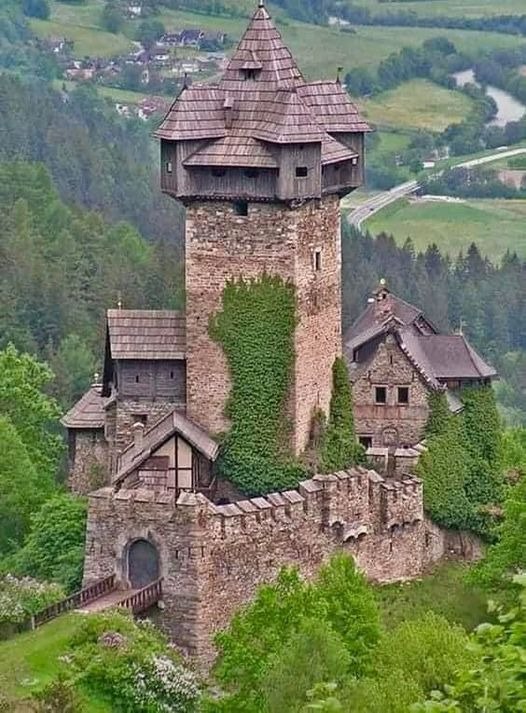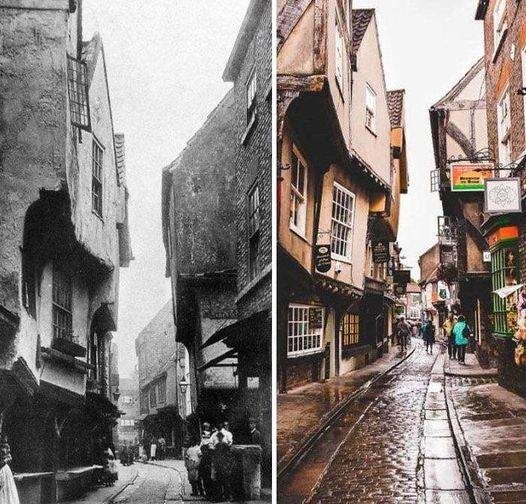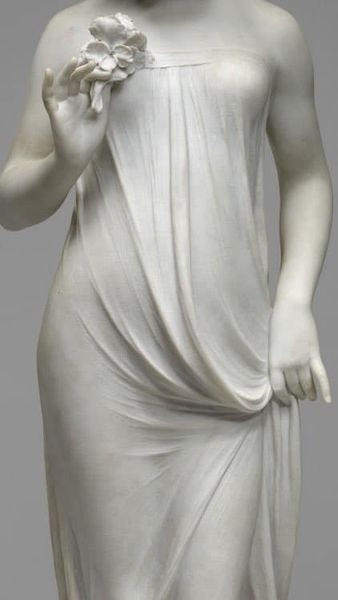The Valsgärde Helmet, an exquisite artifact from the 7th to 8th century, exemplifies the zenith of early medieval metalwork and the warrior culture of the Vendel period in Scandinavia. A photograph of this stunning piece reveals not only the intricate craftsmanship but also the aesthetic sensibilities and symbolic power of the era's martial equipment.
The helmet's most striking feature is the prominent crest which culminates in a meticulously detailed animal head just above the brow of the face-guard. The crest serves as both a protective element and a status symbol, suggesting that its owner was a person of high rank and valor. The animal motif is reminiscent of the Germanic Iron Age art, indicating a continuity of cultural motifs and a reverence for the natural world's strength and ferocity, often invoked in the context of warfare and protection.

Garnets are used to create the eyes, adding a touch of luxury and mystique to the face-guard. These precious stones were not merely decorative; they bore deep symbolic significance. Garnets were often associated with light and sight, perhaps endowing the helmet with the concept of vigilance and clarity in battle. Moreover, the use of such valuable materials is a testament to the wealth of the warrior class and the resources they could command.
The intricate filigree and interlacing patterns that adorn the helmet speak to the skilled artisans' deep knowledge of their craft. These patterns, which cover almost every inch of the helmet's surface, are more than just embellishments. They weave a narrative of power, protection, and prestige.
The chainmail coif that accompanies the helmet in the photograph suggests that this piece was part of a larger assemblage of armor, providing not just head protection but also safeguarding the neck and shoulders of the warrior. Every ring in the chainmail is a small but integral part of a larger defense strategy, designed to withstand the rigors of combat.

Photographs of the Valsgärde Helmet allow historians and enthusiastalike to delve into the past and understand the material culture of a bygone era. It brings into focus the complexities of early medieval societies—their social structures, their values, and their artistic achievements.
The Valsgärde burial site, where this helmet was found, is one of the richest sources of Vendel-era artifacts, offering insight into a period often overshadowed by the later Viking Age. The helmet is not just an archaeological treasure but also a key to unlocking the stories and lives of the Scandinavians who lived over a millennium ago.
As the helmet continues to be exhibited and photographed, it serves as a durable link to our ancestors, a physical representation of their lives, beliefs, and their enduring legacy in metal and stone. It remains a poignant reminder of the human desire to adorn, protect, and be remembered long after the battles have ended.






